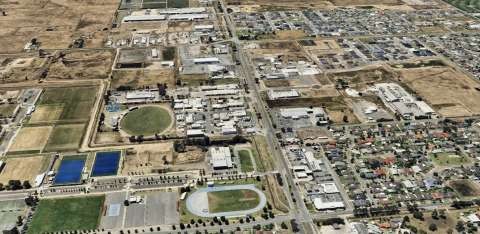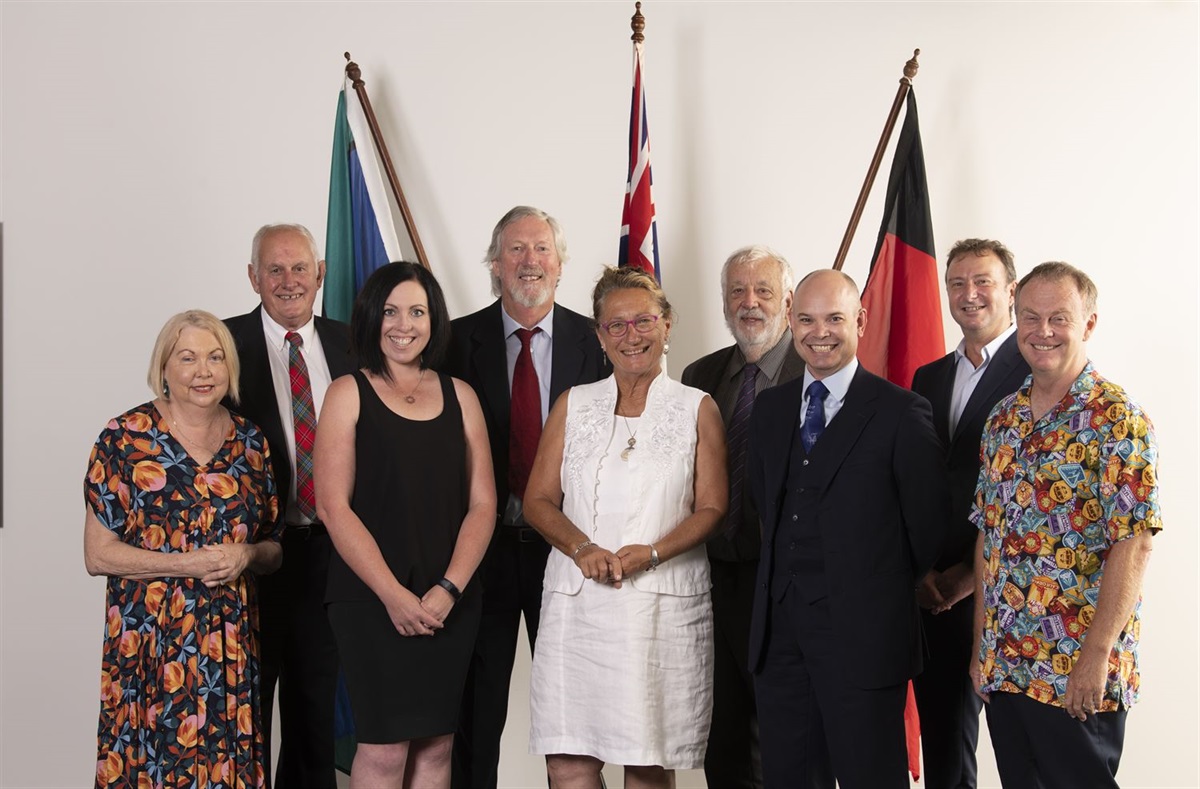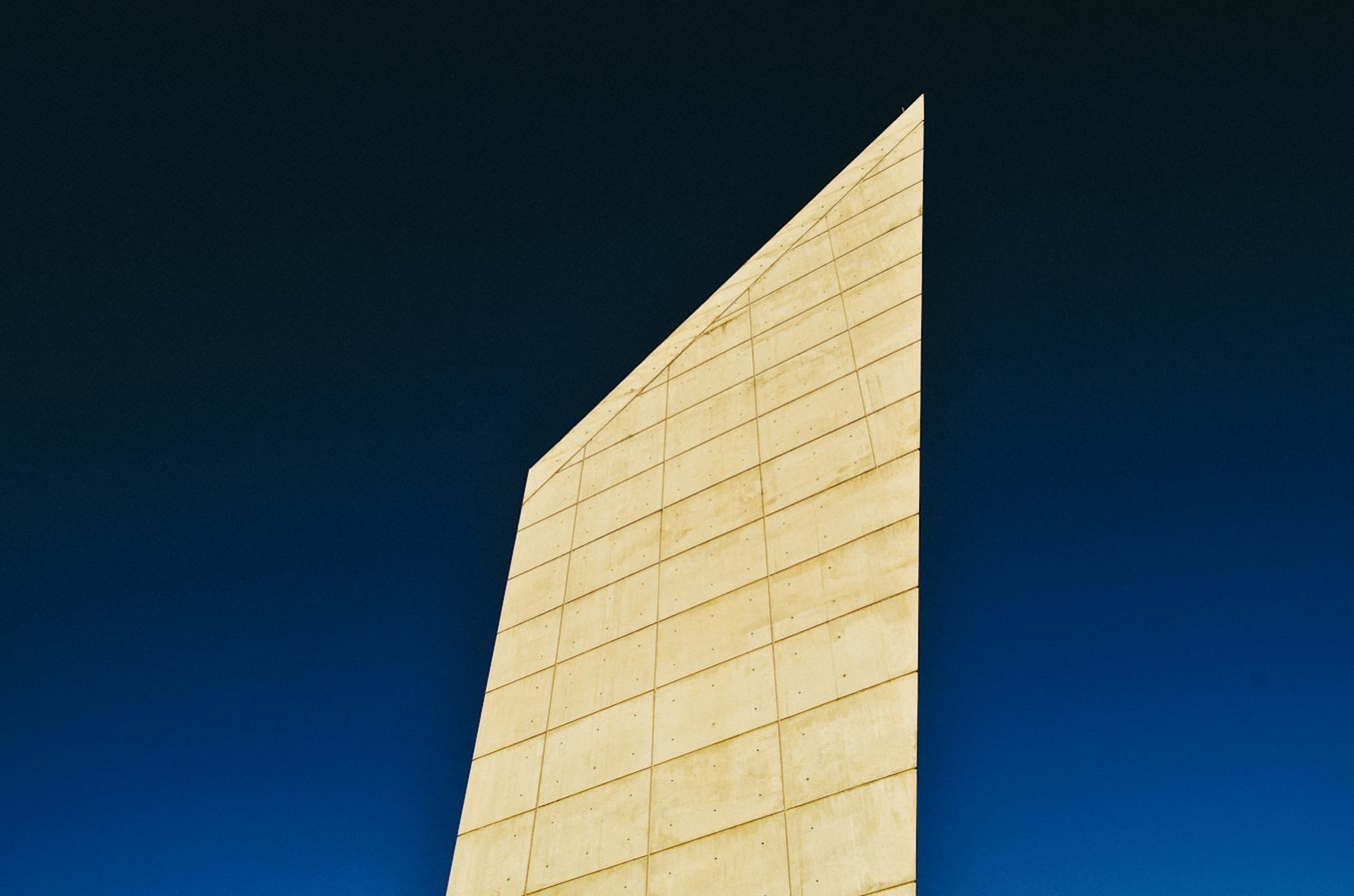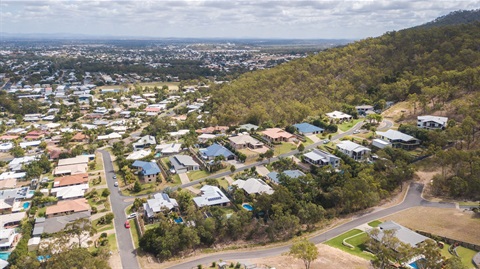Sixty greater stick-nest rats, or ‘stickies’, a nationally ranked vulnerable species, have been successfully released onto Dirk Hartog Island National Park as part of the ground-breaking Return to 1616 project.
This adds to the 62 individuals translocated last year from Salutation Island in Western Australia and meets the project’s goal of delivering at least 120 individuals to the island.
The greater stick-nest rat was once widespread across the southern and western parts of Australia, but now populations only remain on a small number of islands and in fenced reserves around the country.
The recently released ‘stickies’ were captured on the Franklin Islands off the Eyre Peninsula in South Australia and in a major logistical feat, flown 2,160 kilometres, first by helicopter to Ceduna, a plane to Denham, and then another helicopter to Dirk Hartog Island, all within nine hours.
Prior to the release, some ‘stickies’ were fitted with radio transmitters for ongoing monitoring by Department of Biodiversity, Conservation and Attractions (DBCA) scientists. Animals were transported in specially constructed boxes and released into artificial nests or ‘proto-nests’, which will offer the ‘stickies’ some immediate refuge as they settle into their new home.
For more information on the Return to 1616 project, visit https://www.sharkbay.org/restoration/dirk-hartog-island-return-1616
As stated by Environment Minister Reece Whitby:
“Stickies are a difficult animal to translocate as they are sensitive to stress so getting all 60 animals safely from two remote South Australian islands up to Dirk Hartog Island National Park is a remarkable achievement.
“The DBCA-led Return to 1616 project is certainly ambitious, with its goal of restoring the island to a condition similar to when the Dutch captain visited long ago. To accomplish this goal, it has achieved the world’s largest whole of island removal of goats, sheep, and feral cats.
“Now with six native fauna species back on the island, including rufous hare-wallabies, banded hare-wallabies, Shark Bay bandicoots, dibblers, Shark Bay mice and greater stick-nest rats, the national park is making a major contribution to fauna conservation in WA.”
Pictures are available on request








